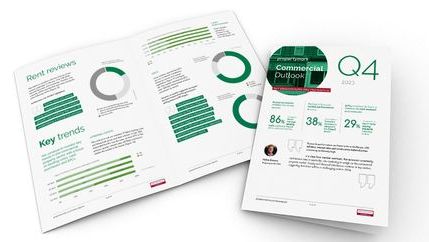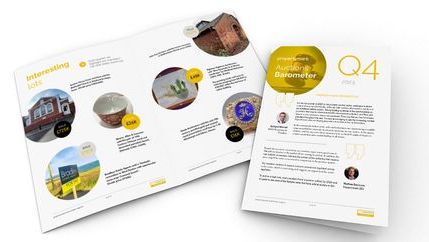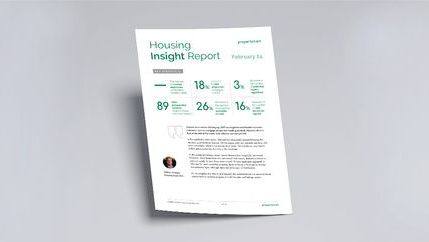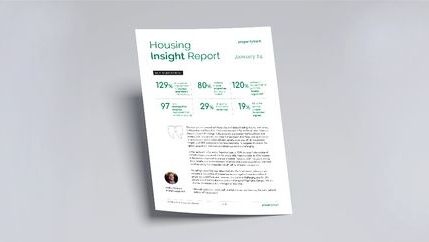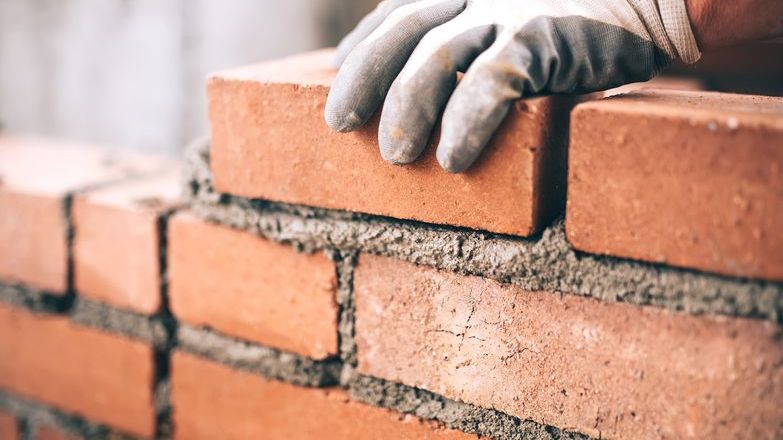
Private sector developments were hit the hardest showing a decrease of 38.9 per cent compared to 2019, with only 1,057 new dwellings started, significantly lower than the last year's figure of 1,731.
Social housing fared better during the period, the figures show there were 178 new dwellings started compared to 139 in 2019, an increase of 28.0 per cent.
Due to the pandemic, the number of building control inspections largely stopped too, and this is shown on the number of new dwelling completions, which are considerably lower compared to the same period last year.
With only 664 new dwelling completions in the period, private sector developments are down 59.4 per cent from 2019. For social housing, this figure is a decrease of 81.6 per cent as there were only 27 new dwelling completions.


